Rue du shopping d'Itaewon (이태원 쇼핑거리)
4.9Km 2025-03-29
Itaewon-dong, Yongsan-gu, Seoul-si
+82-2-797-7319
La grande rue d’Itaewon est l'un des endroits les plus prisés et originales à Séoul pour qui veut sortir, faire du shopping et dîner. Itaewon possède une longue histoire tout en étant un site touristique prisé. Après que les Etats-Unis aient établi une base militaire en Corée dans les années 1970, de nombreux étrangers furent stationnés à la base près du quartier d’Itaewon, qui s’est ainsi développée pour devenir un quartier commerçant à l’usage des résidents étrangers. Plus tard, Itaewon a commencé à se faire connaître dans le monde grâce aux Jeux asiatiques de 1986 et aux Jeux olympiques de Séoul en 1988. En 1997, Itaewon a été finalement désignée comme zone touristique officielle.
La grande rue de 1,4 km qui s’étend depuis Itaewon 1-dong jusqu’à Hannam 2-dong a été designée « Rue d’Itaewon ». On y trouve un vaste choix de boutiques, de lieux de loisirs et de restaurants. Itaewon propose le meilleur de la mode exotique, de bars et des clubs en Corée.
M Playground à Hongdae (엠플레이그라운드 홍대본점 [Tax Refund Shop])
5.0Km 2024-09-20
94, Eoulmadang-ro, Mapo-gu, Seoul (서울특별시 마포구 어울마당로 94 (서교동))
M Playground désigne un espace commercial réputé pour son design extérieur composé de containers bleus. Cet espace commercia présente les dernières tendances en matière de mode à Séoul et en particulier à Hongdae. Le lieu est ainsi réputé parmi la jeunesse de la capitale.
The Hyusik Aneuk Hôtel – Hongdae (더휴식 아늑호텔 홍대점)
5.1Km 2025-05-19
162-7, Donggyo-ro, Mapo-gu, Seoul
The Hyusik Aneuk Hôtel – Hongdae est un lieu où le simple fait d’y séjourner rend l'expérience encore plus agréable. Grâce à ses chambres thématiques variées, chaque moment de repos devient une expérience unique, adaptée à vos envies. Plongez-vous dans un film dans une chambre Movie privée, oubliez le tumulte du quotidien dans une chambre Méditation propice à l’introspection, profitez d’un environnement idéal pour le télétravail dans une chambre Business, ou détendez-vous pleinement dans une chambre Gaming pour libérer tout le stress accumulé.
Zone touristique spéciale d'Itaewon (이태원 관광특구)
5.1Km 2023-04-26
196, Itaewon-ro, Yongsan-gu, Seoul
+82-2-797-7319
<p >※ Top 100 des destinations en Corée 19_20 ※<br /><br />
Classé comme zone touristique en 1997, Itaewon est une destination touristique populaire auprès du public international mais aussi des Coréens. Ce sont plus de 20 000 ressortissants étrangers qui résident dans ce quartier. Plus de 2 000 magasins y sont regroupés avec des centres de shopping, des commerces de vêtements et d’accessoires, des restaurants, des sociétés commerciales, des agences de voyage ou encore des hôtels.
Avec les Jeux olympiques de Séoul en 1988, Itaewon est rapidement devenu le centre de shopping représentatif de la Corée.
Le japonais, chinois, tout comme l’anglais, sont des langues parlées dans la très grande majorité des commerces, pour répondre au besoin de tous les clients. De plus, on peut trouver de nombreux restaurants permettant de goûter la cuisine des pays du monde entier.
Vue de nuit depuis le pont Mapo (마포대교 야경)
5.1Km 2021-03-26
Mapo-dong, Mapo-gu, Seoul-si
+82-2-3153-8365
Le pont de Mapo qui relie Yonggang-dong, Mapo-gu et Yeouido-dong, Yeongdeungpo-gu mesure 1 400 mètres de longueur et 25 mètres de largeur (route à 6 voies). Le pont est le quatrième qui a été construit au-dessus de la rivière Hangang après le pont Hannam. La construction a débuté en février 1968 et totalement terminé en mai 1970. Au moment de l’achèvement du pont, celui-ci a été nommé « Pont de Séoul » mais plus tard en 1984 il a été renommé en tant que « pont de Mapo »
The Hyusik Nouvelle - Itaewon à Séoul (더휴식 누베르 서울 이태원점)
5.1Km 2025-04-23
11, Usadan-ro 14-gil, Yongsan-gu, Seoul
The Hyusik Nouvelle - Itaewon à Séoul est un hebergement qui incarne un nouvelle vision de Séoul, portée par l'inspiration et la créativité. S'inspirant de la France, berceau de l'art libre et créatif, l'établissement transmet une sensibilité artistique à travers divers objets.
Il propose trois types de chambres : Collection T Room, avec lits jumeux, Collection D Room, avec lit double, Collection S Room, avec lit single.
Un salon commun est à disposition pour que tous les clients puissent profiter d'un séjour confortable. Au rez-de-chaussée se trouve <Byronic Pasta bar >, un restaurant spécialisé dans les pâtes. Le stationnement sur place étant difficile, il est recommandé d'utiliser un parking public à proximité après vérification.
Musée d'art Amore Pacific (아모레퍼시픽미술관)
5.2Km 2023-01-16
100, Hangang-daero, Yongsan-gu, Séoul (서울특별시 용산구 한강대로 100)
Le musée d'art Amore Pacific, situé dans l'arrondissement de Yongsan-gu à Séoul, était jadis un musée qui exposait des œuvres artistiques collectionnées par Seo Seong-hwan, le défunt fondateur de l'entreprise Amore Pacific. Il a été rebaptisé « Musée d'art Amore Pacific » (Amore Pacific Museum of Art, APMA) en 2009.
Cet établissement a été créé pour devenir un « espace ouvert pour découvrir la beauté dans la vie quotidienne » et communiquer avec le public. Afin d'atteindre cet objectif, le musée collectionne, recherche et expose l'art ancien coréen, l'art contemporain national et international tout en soutenant les chercheurs, les sociétés académiques et les jeunes artistes dans ce domaine.
Dans la salle d'exposition au 1er en sous-sol, on trouve une variété d'expositions spéciales sur l'art ancien et contemporain coréen. Le site est notamment réputé pour l'espace « Atrium », un grand espace réparti entre le 1er et le 3e étage. Vous pouvez aussi profiter de la boutique du musée, d'un espace d'exposition appelé « APMA Cabinet » ou encore d'une bibliothèque réservée aux catalogues des expositions mondiales (apLAP). Le musée se trouve au premier étage du nouveau bâtiment du siège d'Amore Pacific, construit à l'image de la porcelaine blanche coréenne. Aujourd'hui, il constitue un monument architectural emblématique de l'arrondissement de Yongsan-gu.
Temple Geumseonsa (금선사)
5.3Km 2021-08-17
137, Bibong-gil, Jongno-gu, Seoul-si
+82-2-395-9911
Bukhansan, désigné ‘Parc National’, est la plus grande montagne autour de Séoul. Parc national ayant la particularité d'être situé dans une aire urbaine, la montagne et son parc se caractérise par leur aspect impressionnant du fait de la hauteur des lieux mais aussi grâce au riche héritage culturel environnant.
La montagne est également connue sous le nom de Samgaksan (ce qui signifie montagne triangle) car les 3 pics majeurs de cette dernière – Baegundae, pic principal ; Insubong au nord et Mangyeongdae au sud – représentent 3 points angulaires formant un triangle.
Geumseonsa, temple bouddhiste situé sur la route ‘bibong’, fut crée par le grand moine Muhak (nom de plume) Jacho (nom) (1327-1405) entre la fin de la période de la dynastie Goryeo et le début de la dynastie Joseon.
Parc national du mont Bukhansan à Séoul (북한산국립공원 - 서울)
5.5Km 2023-10-31
Seoul, Seongbuk-gu, Bogukmun-ro 262
+82-2-909-0498
Le mont Bukhansan a été désigné comme parc national en 1983, sa surface atteint environ les 80 ㎢. Le sommet du mont Bukhansan est consitué de 3 pics (Baekundae, Insubong, Mangyeongdae). Il a été nommé Samgaksan durant la dynastie Joseon car les 3 pics consitituent ensemble une forme de triangle. Le sommet a été également dénommé Sambonsan, Hwasan et Buaak. C'est après la construction de la forteresse que le mont a été définitvement dénommé Bukhansan.
Musée Cheonggyecheon (청계천박물관)
5.7Km 2021-03-26
530, Cheonggyecheon-ro, Seongdong-gu, Seoul-si
+82-2-2286-3410
Le Centre Culturel Cheonggyecheon, qui vous propose un aperçu du passé, du présent et de l’avenir de la rivière Cheonggyecheon, se compose d’une salle d’exposition permanente, d’une salle d’exposition spéciale et d’une petite salle de spectacle pour divers spectacles et séminaires.
Avec 5 étages et 2 sous-sols, le centre s’étend sur 999 pyeong (environ 300㎡) au total. Le toit du cinquième étage est ouvert au public pour lui permettre d’apprécier la vue sur la rivière.
Au rez-de-chaussée se situent un café en plein air et une boutique de souvenirs proposant des articles relatifs à la rivière. Dans la salle d’exposition permanente, on peut voir d’anciennes photos de la rivière Cheonggyecheon, des maquettes, des documents sur la rénovation de la rivière, des articles permettant d’ apercevoir la perspective de la rivière.
Le centre est ouvert toute l’année, et l’entrée est gratuite.
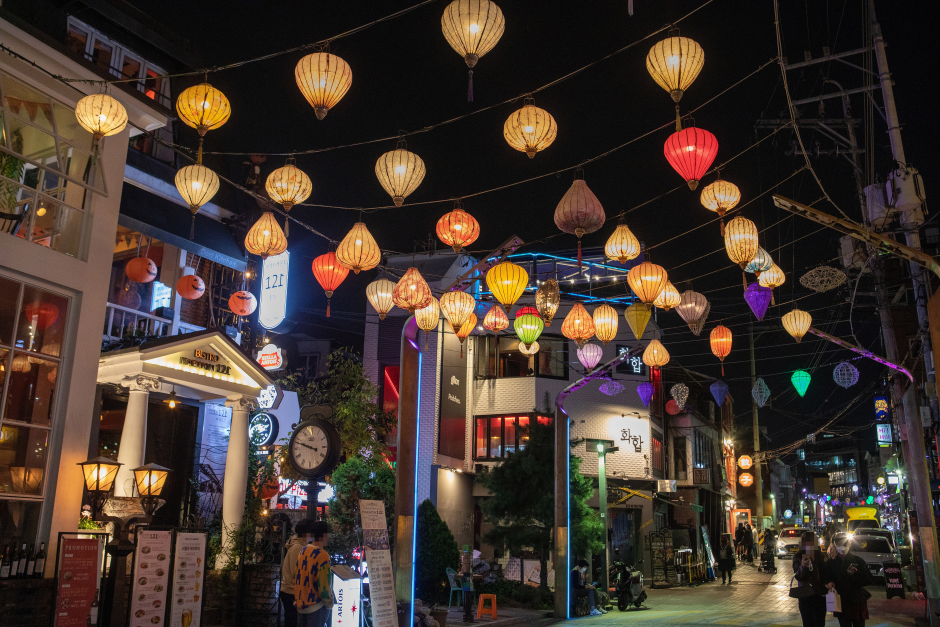
![M Playground à Hongdae (엠플레이그라운드 홍대본점 [Tax Refund Shop])](http://tong.visitkorea.or.kr/cms/resource/54/3353954_image2_1.jpg)
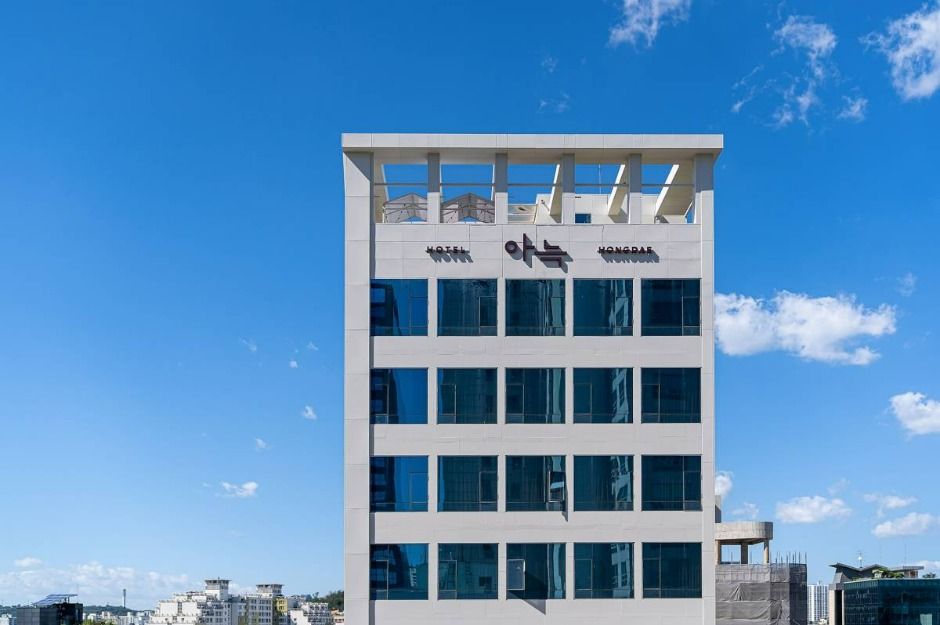

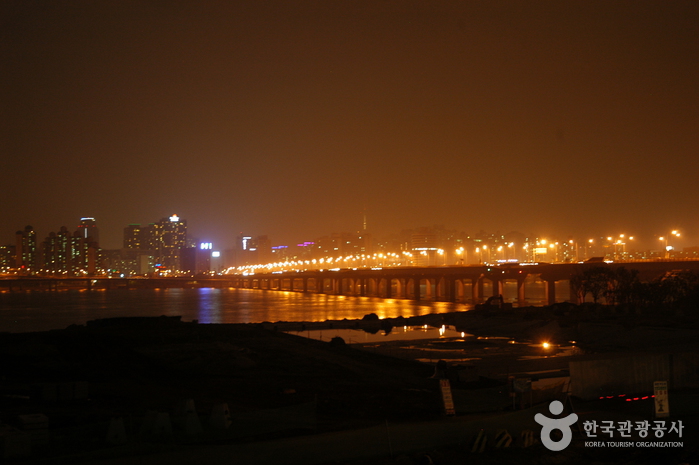
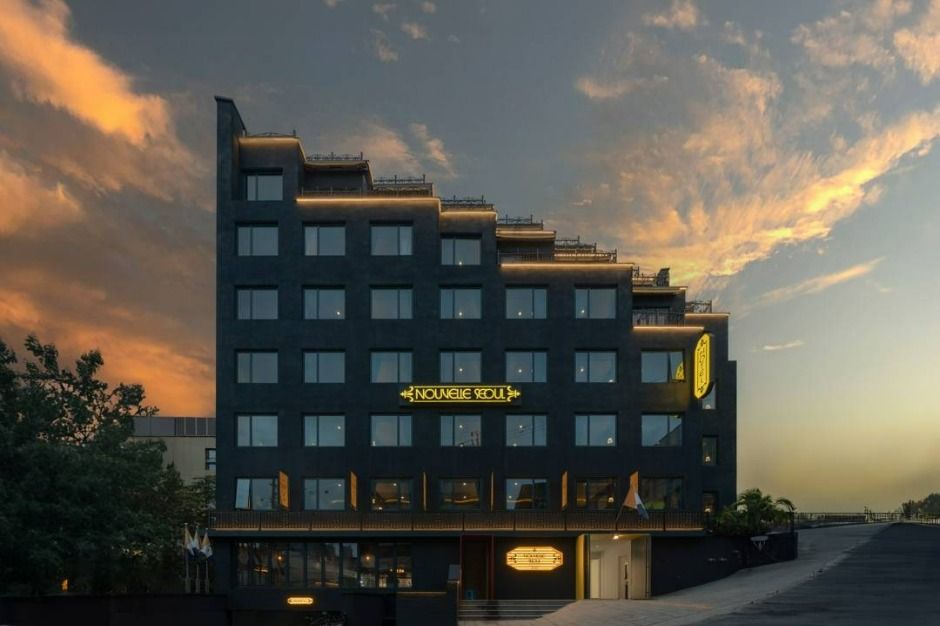
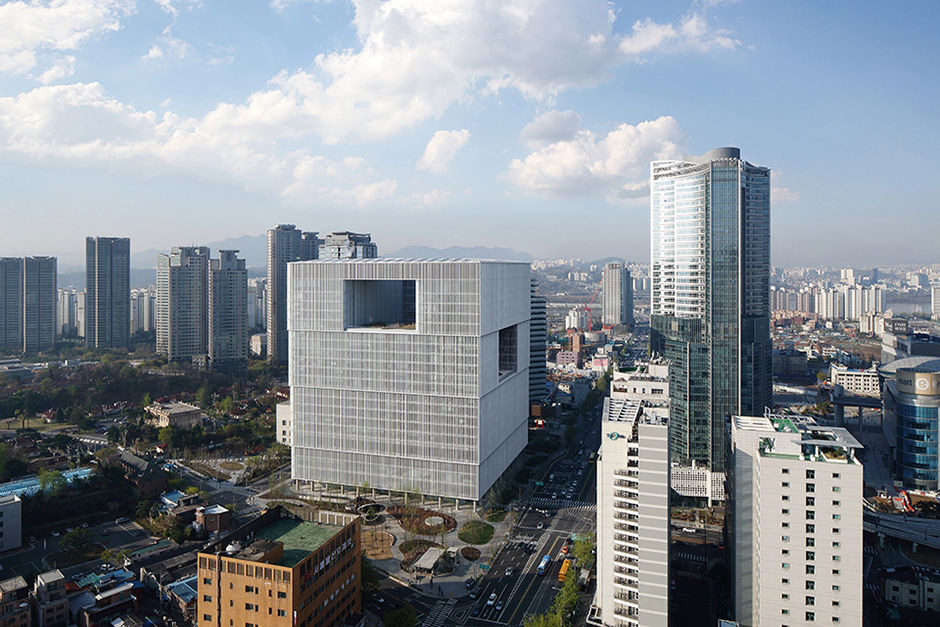
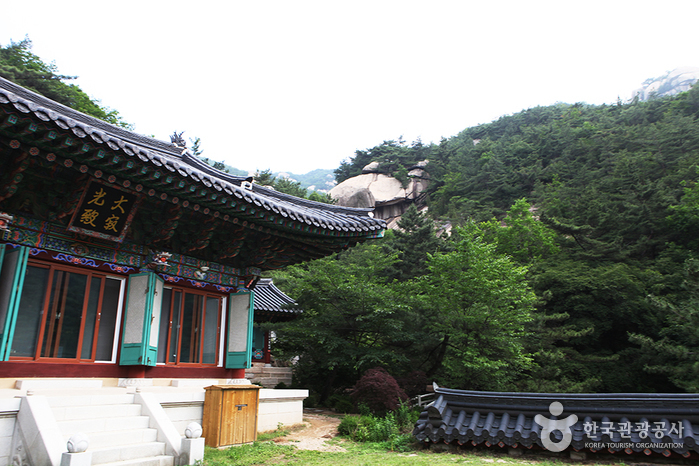
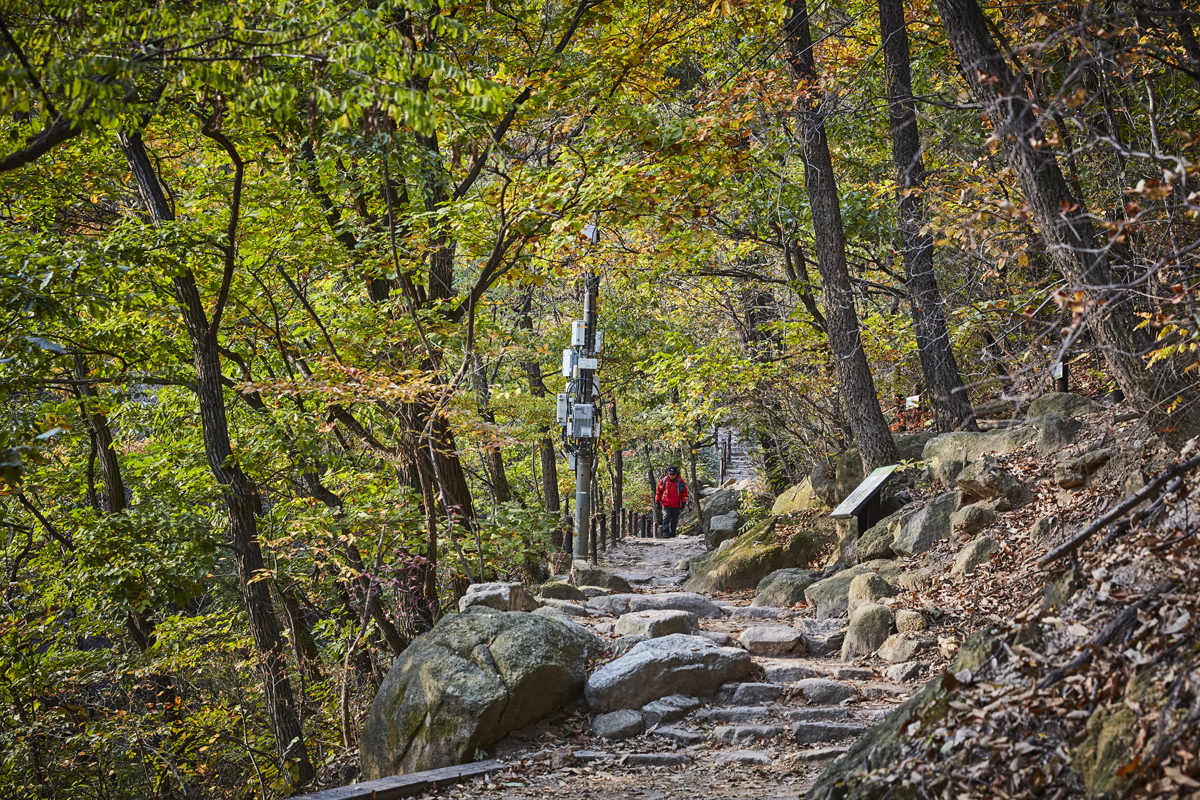
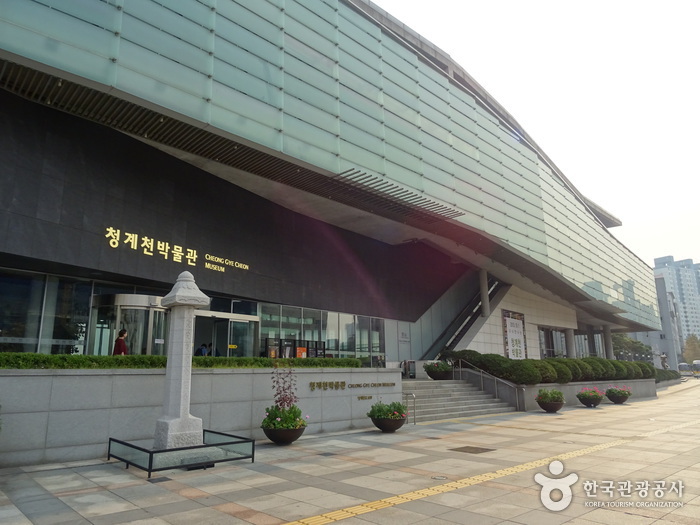
 Français
Français
 한국어
한국어 English
English 日本語
日本語 中文(简体)
中文(简体) Deutsch
Deutsch Español
Español Русский
Русский